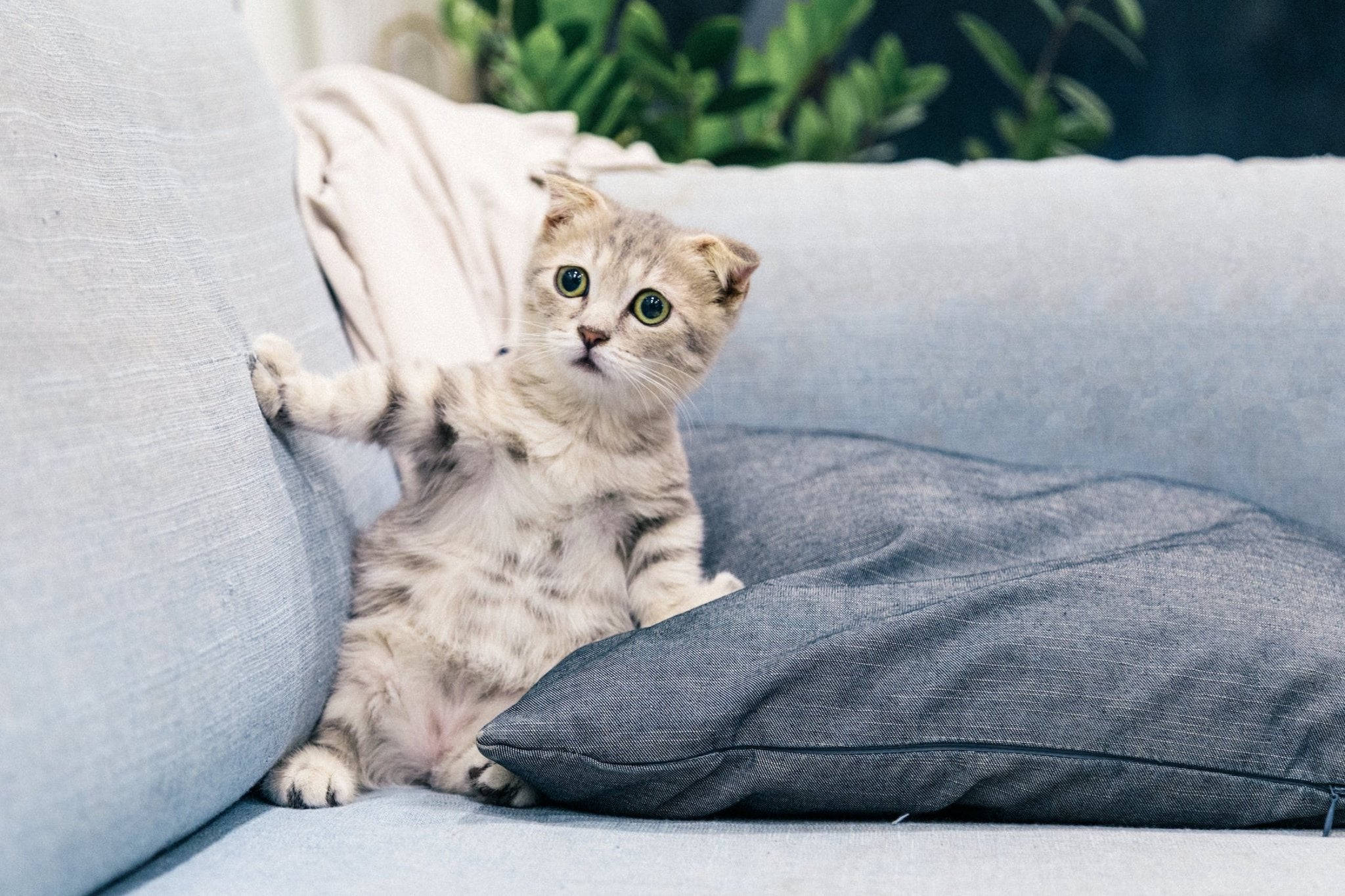As a photographer, capturing the beauty and personality of cats can be challenging yet rewarding. This guide will provide helpful tips and tricks to explore techniques for photography that will showcase the elegance, charm, and mystery of these fascinating creatures that have captivated our hearts and imaginations for centuries.
How to Photograph Cats:
- Understand cat behavior (as much as humans can)
- Create a comfortable environment
- Patience is key
- Focus on the yyes
- Capture their playfulness
- Experiment with composition
- Use props and accessories
- Try black and white
- Key safety with kittens
- Post-processing and editing

A Quick Word on Safety
To ensure your and the cats' safety, it's important to be careful when taking pictures of them. Approach the cats slowly and respectfully, and wait for them to get used to you before you start taking photos. Try not to make sudden movements or loud noises that could scare or upset the cats.
Ensure the area where you are taking photos is safe for your cat. Remove any dangers, like poisonous plants or unstable items. Only use safe and non-restrictive accessories. Please pay attention to your cat's body language, and never push them into poses that make them uncomfortable. Prioritizing safety will create a calm and positive experience for you and your cat.
Okay! Let's pounce!
Understanding Cat Behavior
It's important to understand their behavior to capture great photos of cats. Cats can be independent and unpredictable, making it challenging to photograph them. Learn about their body language, expressions, and gestures to anticipate their movements and capture their unique personalities.
Creating a Comfortable Environment
Creating a comfortable environment is crucial for a successful cat photoshoot. Select a quiet, well-lit space where the cat can explore and relax without interruptions. Using natural light to capture the subject is advisable as it is more flattering and less disruptive than artificial lighting.
Patience is Key
If you want to take good photos of cats, you must be patient since they may sometimes listen or pose as you wish. You should give them enough time to get used to the camera and feel relaxed before taking pictures. Even if it takes some time, don't give up until you capture the perfect shot. Remember that the effort will be rewarded with excellent results.
Focus on the Eyes
To capture the depth and emotion of a cat in your photographs, it's important to focus on their eyes and make sure they are clear and sharp. Catching the cat's gaze creates a strong bond between the viewer and the subject, making for a powerful image.

Capture Their Playfulness
To snap captivating photos of cats, use their playful tendencies by including toys or objects that interest them. This will prompt them to pursue or leap, providing plenty of opportunities to capture their lively and fun-loving personalities on camera.
Experiment with Composition
When taking pictures of cats, the composition is crucial. Try various angles, perspectives, and framing techniques to make your images more exciting. You may take close-up shots of their paws, focus on their whiskers, or take pictures from a lower perspective to highlight their majestic posture.
Related article: Photography Composition Techniques
Use Props and Accessories
You can use props and accessories like colorful blankets, pillows, and baskets to add character and charm to your cat photos. However, it's important to ensure that the props you use are safe and don't cause discomfort to your cat.

Black and White Magic
Try converting your cat photographs into black and white to create a timeless and artistic dimension emphasizing the subject's textures, shapes, and expressions. Emphasize the contrast and tonal range to make striking monochrome compositions.
Related article: Everything Looks Better in Black & White – Tips for Better B&W Photography
Patience and Safety with Kittens
When taking pictures of kittens, it's important to be extra careful and patient. Kittens tend to be easily distracted and less cooperative compared to adult cats. Take breaks as necessary and make sure they're safe during the photo session. To capture their delicate features, it's recommended to use soft, diffused lighting. You may also use toys or treats to keep their attention focused.

Post-processing and Editing
After taking pictures of your cat, you should edit and improve them by adjusting the exposure and contrast through post-processing.
I find it incredibly fulfilling to photograph cats, given my love for these captivating animals and passion for photography. The way cats move with elegance and curiosity, and the enigmatic wisdom in their eyes, is truly magical and difficult to put into words.
Capturing the personality and charm of each feline subject is a constant challenge. It requires patience, understanding, and a deep appreciation for their unpredictable nature.
The pleasure of taking pictures of cats is that you can freeze their playful moments or capture their peacefulness while basking in the sun. It lets you immortalize their beautiful appearance and share their enchanting stories with others.
Choosing cats as photography subjects can be quite enjoyable and fulfilling for photographers. Cats are inherently charming with their elegant movements, expressive eyes, and unique personalities. Photographers can capture many captivating moments, from lively playfulness to tranquil reflection, as cats display many emotions.
Photographing cats can be difficult, but the effort and understanding necessary to work with these independent creatures lead to a deeper connection and appreciation of their beauty. Whether you're an aspiring or seasoned photographer, exploring the world of cat photography can provide countless moments of joy, discovery, and the creation of timeless images that celebrate the captivating charm of our feline friends.
Related article: Puppy Portraits – Tips for Better Pet Photography
Related article: How to Photograph Birds
Related article: Wildlife Photography Tips
Related article: How to Shoot Macro Photography of Flowers and Insects?
Related article: Close up Photography: How to Take Stellar Close-Up Shots












